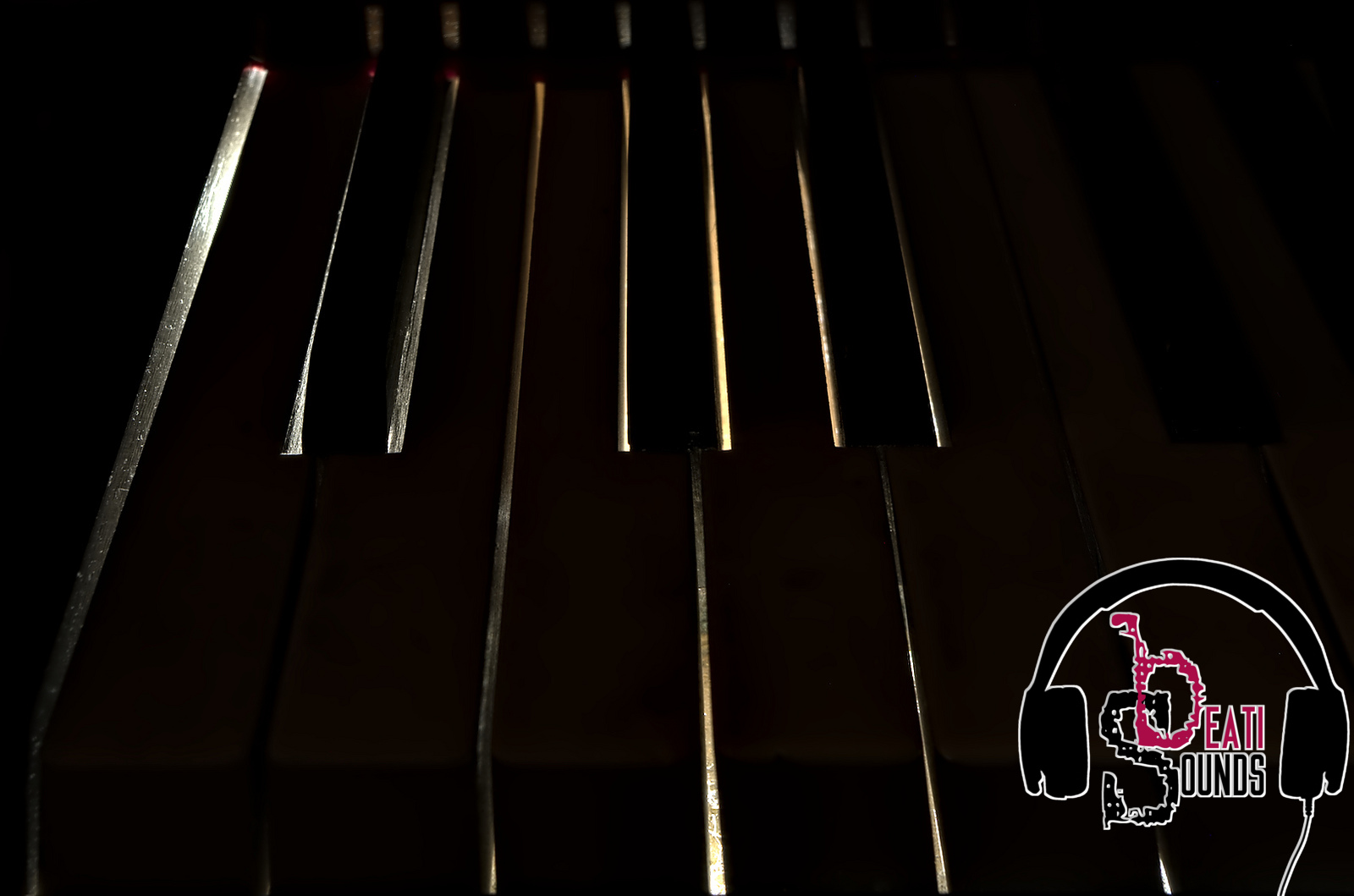How to properly EQ and compress a Kick Drum

There is no reason to settle for lackluster kick drum sounds on your home recording. This article explores some great mix recipes for equalizing and compressing your kick drum tracks. While every kick drum has an individual sound there are some general guidelines you can follow to get a great start in shaping your drum’s sound. Start by trying a few of these eq and compressor settings and tweak them in to suit your specific starting drum sound and desired results. All you need in your home studio is a four band eq to start shaping the kick drum sound of your dreams!
The kick drum big three: boom, smack, click
These are three key elements that can be used to describe the sound of a kick drum.
Boom is where the low end thud of the kick drum comes from. You can find a cleaner, modern sound boosting around the 50-60Hz area. A more traditional, ringing boom will be found a bit higher, perhaps in the 100Hz range. I typically use a normal, peaking band for the boom but you can experiment with a low shelving band here if your kick drum is lacking girth. Be careful not to overdo it with the shelf though, things can get blurry fast in the sub frequency ranges.
Smack is the primary attack of the kick drum. This is the frequency range that helps the ear identify individual kick drum hits. I like to start my search for smack in the 3-5kHz range. Microphones specifically tailored to kick drums will often have a bit of a presence bump somewhere in this range. I always use a peaking band for the smack and keep the Q parameter in the 1 to 1.5 range.
Click is exactly what you think it is. At first thought you might not attribute click as a quality desired in a kick drum sound. Click works in conjunction with smack to help bring a kick drum through a dense mix. This is the sound of the beater actually hitting the drum head. You can find the click up around the 6-8kHz range. A peaking band works well on the click (Q around 1.5) but a high shelf can be used to enhance the bleed of the snare wires in the kick drum mic.
Mud is not one of the big three because it is a bad thing! We want the opposite of mud in our mix, especially on the kick drum. You remove some of the mud and clean up your kick drum sound by cutting a thin band in the 250-300Hz range. I will often use a peaking band with the Q set to around 3.
Kick drum big three eq quick chart
More boom (modern) +6dB at 50Hz
More boom (solid, classic) +6dB at 100Hz
More smack (attack) +7dB at 3.5kHz
More click (beater) +6dB at 6.0kHz
Kick drum eq recipes
- Start here to get a solid, full kick drum sound with plenty of click
- Band 1: +6dB at 55Hz
- Band 2: -9dB at 275Hz (narrow)
- Band 3: +7dB at 3.7kHz
- Band 4: +8dB at 6.2kHz shelf
- Start here to get a more traditional kick drum sound
- Band 1: +6dB at 100Hz
- Band 2: -10dB at 800Hz (narrow)
- Band 3: +6dB at 1.5kHz
- Band 4: +6dB at 7.0kHz shelf
- Start here to get a ringy bottom end with less attack
- Band 1: +6dB at 100Hz
- Band 2: -5dB at 250Hz (narrow)
- Band 3: +3dB at 4.0kHz
- Band 4: +3dB at 10.0kHz shelf
Kick drum compression recipes
If I have a very consistent drummer with great dynamics then I often will skip compressing the kick drum at all. Sometimes you need to bring up the sustain or level out an uneven performance or you might be looking for the ultra compressed modern sound.
Reduction level is the amount your kick drum is being compressed. All good compressors have some kind of meter or way to gauge your signal reduction. This will sometimes be labeled gain reduction or will just be a meter that seems to work backwards, going down or showing negative values on each kick drum hit. You should be able to see the reduction increase (more into the negative range) as you lower the threshold of the compressor. I like to get about -3dB of gain reduction for subtle kick drum compression. I’m not afraid to get the gain reduction up to -10dB or higher when necessary though. You don’t have a reduction level control on your compressor. You adjust the threshold control until you are getting your desired reduction level.
Kick drum compression recipes
- Subtle kick drum compression
- Ratio: 3:1 or 4:1
- Attack: 4ms
- Release: 200ms
- Threshold: adjust for about 3-6dB gain reduction
- More “in your face” kick drum compression
- Ratio: 6:1
- Attack: 3ms
- Release: 200ms
- Threshold: adjust for about 8-10dB gain reduction

Leave a Reply